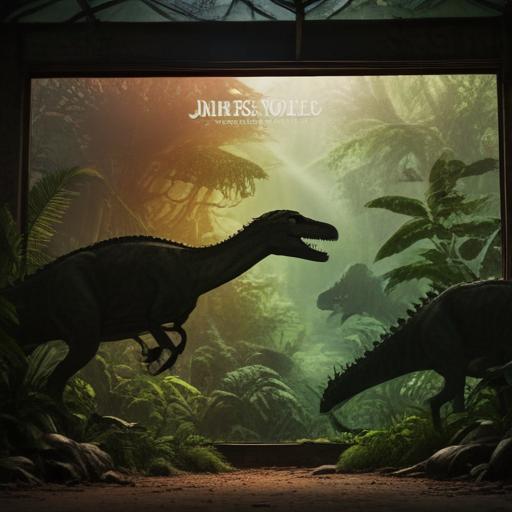Gareth Edwards has taken the helm for “Jurassic World: Rebirth,” a film that promises a fresh perspective on the beloved dinosaur franchise. With an impressive directorial resume that includes hits like “Godzilla” and “Rogue One: A Star Wars Story,” Edwards approaches this project with a nostalgic lens, inspired by the franchise’s origins and its iconic creator, Steven Spielberg.
In crafting his vision, Edwards enlisted the help of screenwriter David Koepp, who returns after nearly three decades, and sought to recreate the feel of a “lost” film from the ’90s. Notably, Edwards shot the film on Kodak 35mm film, capturing its retro essence with a modern twist thanks to cinematographer John Mathieson’s expertise.
Edwards shared that Spielberg’s guidance was invaluable, particularly his memorable advice comparing film directing to cooking: “If they leave full, then you failed.” This philosophy of keeping audiences on the edge of their seats resonated throughout the production.
One of the highlights of “Jurassic World: Rebirth” is the introduction of newly designed dinosaurs, developed in collaboration with Industrial Light & Magic and pushed to innovate creatively. Among the film’s unique prehistoric creatures are a DNA-modified Mosasaurus, Titanosaurus, and Quetzalcoatlus, each exhibiting distinct characteristics and behaviors.
The film’s tone diverges from previous installments, injecting a sense of fun across different narrative segments that feel like mini-movies. For example, a Mosasaurus sequence pays homage to “Jaws,” carefully redesigned to incorporate a mix of realism and cinematic flair, all with Spielberg’s blessing.
Edwards aimed to invoke a sense of wonder with scenes featuring the Titanosaurus, presenting these colossal creatures in an affectionate light, while also overcoming real-world challenges, such as growing the appropriate tall grass for their reveal.
Humor and joyous nods to classics are sprinkled throughout, as seen with the thrilling Quetzalcoatlus sequence that mirrors the exhilarating spirit of “Indiana Jones and the Temple of Doom.” The film also dives into the darker side of genetics, featuring chilling mutations like the Mutadon and the Distortus rex, both of which present narrative and design challenges that Edwards embraced to add emotional depth.
This project not only pays tribute to the legacy of “Jurassic Park,” but also explores new dimensions through storytelling that blends nostalgia with innovative filmmaking. As Edwards expressed, there is an artistic intent to portray creatures with complexity, enabling audiences to empathize with them rather than seeing them as mere monsters.
Overall, “Jurassic World: Rebirth” is shaping up to be a cinematic experience that captures the magic of the franchise while taking daring creative risks. Fans of the series can look forward to a thrilling blend of adventure, emotion, and a celebration of Spielberg’s timeless influence.
